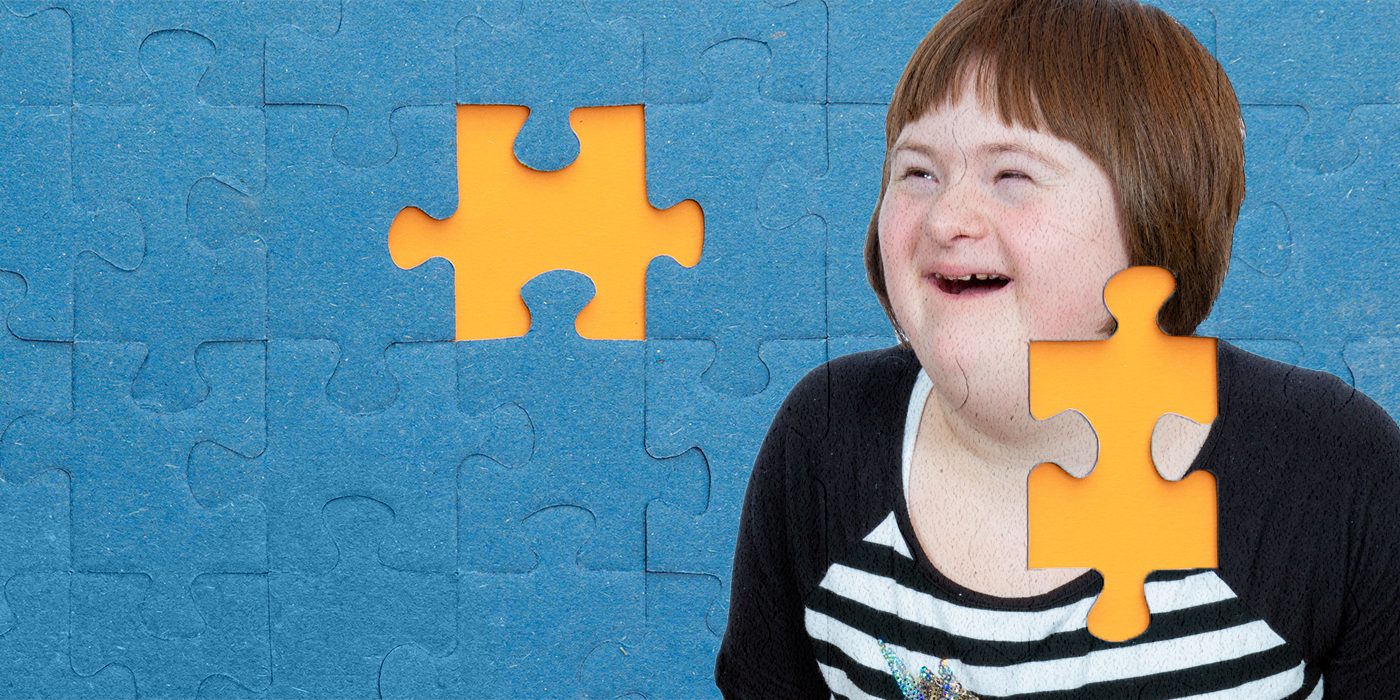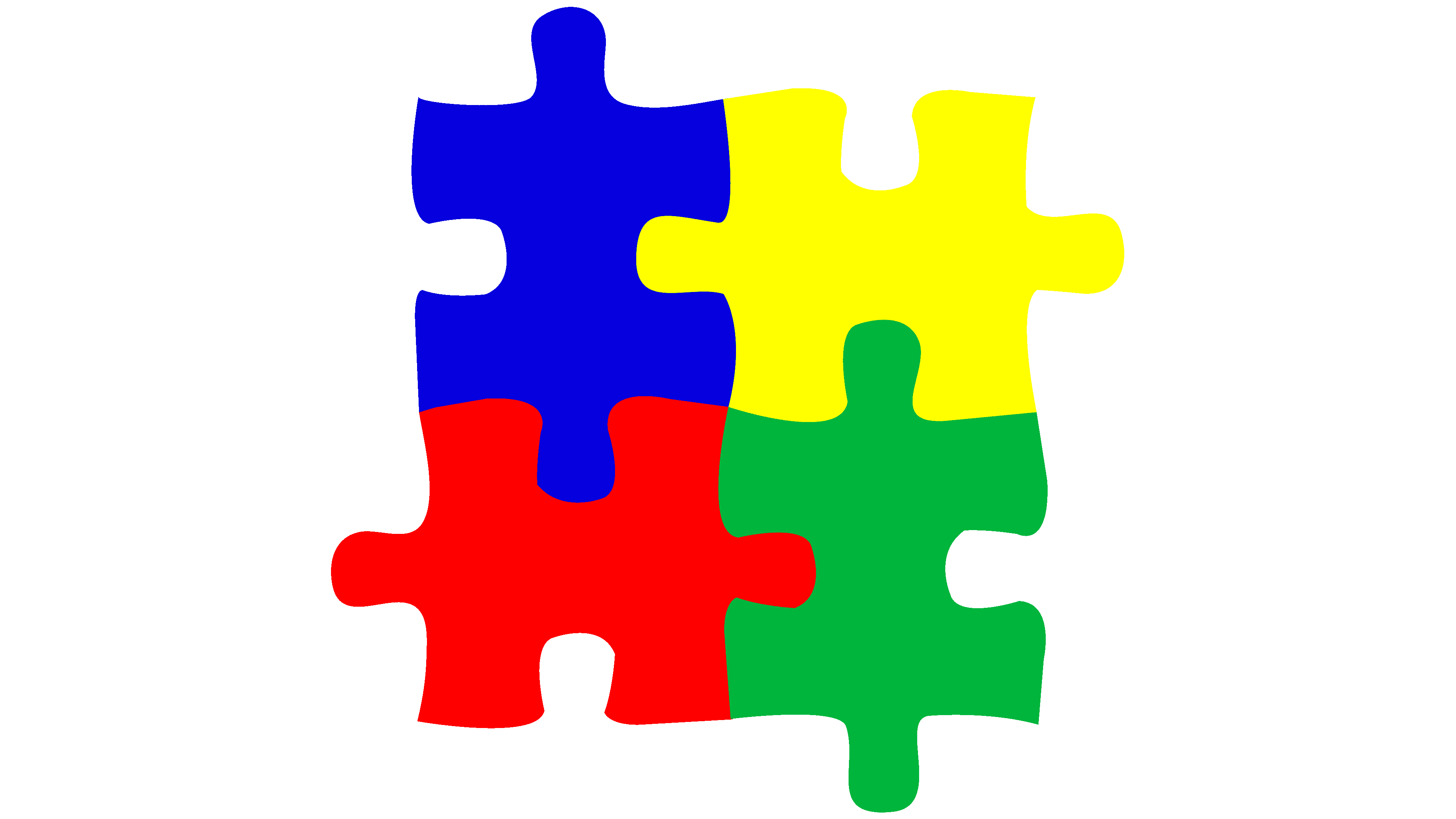Addressing Common Misconceptions: What You Need To Know About Autism Today
Discovering Autism: Techniques for Efficient Interaction and Communication
Reliable interaction and communication with people on the autism spectrum necessitate a detailed understanding of their special demands and choices. Methods such as utilizing clear language, using aesthetic supports, and fostering consistent routines can considerably enhance engagement and reduce anxiety. Furthermore, recognizing the importance of non-verbal hints and shared rate of interests leads the way for meaningful links. The details of these techniques expose more factors to consider that merit expedition, especially in how they can be adjusted to diverse contexts and individual experiences. What might these adjustments appear like in practice?
Comprehending Autism Range Disorder
Autism Range Disorder (ASD) includes an array of neurodevelopmental conditions identified by challenges in social interaction, interaction, and repeated actions. The term "spectrum" shows the varied manifestations and varying levels of severity experienced by people with ASD. While some may exhibit considerable problems, others may show high-functioning attributes, allowing for higher freedom in life.
The beginning of ASD commonly occurs in early youth, with signs frequently identifiable by age 2. Very early indicators may include postponed speech growth, minimal eye contact, and difficulties in comprehending social hints. The precise etiology of ASD remains unclear, research suggests a mix of environmental and genetic factors plays an essential function in its advancement.
Individuals with ASD typically possess distinct staminas, such as heightened attention to detail and extraordinary memory skills. They may struggle with recognizing abstract ideas and handling changes to regular - autism. Consequently, interventions and assistance tailored to individual demands are crucial for promoting communication and social skills. Identifying the intricacy of ASD is important for promoting recognition, acceptance, and effective approaches that promote significant interactions with people on the spectrum.

Importance of Clear Communication
Reliable interaction is essential for cultivating understanding and connection, particularly for people with Autism Range Disorder (ASD) Clear interaction not just promotes social communications however also boosts the person's capability to express their needs, feelings, and thoughts. For people with ASD, the nuances of language can frequently be testing; as a result, using distinct and simple language is important.
Moreover, clear interaction assists lower irritation and anxiety that might occur from misconceptions. When messages are communicated in a direct and regular fashion, individuals with ASD are much better equipped to translate information precisely, which can significantly improve their social engagement and involvement in numerous settings.
Establishing regimens and making use of aesthetic assistances can even more bolster clear interaction. These techniques supply people with predictable frameworks that assist comprehension and retention of info. Furthermore, proactively being and listening client throughout communications promotes a supportive setting where people with ASD feel valued and understood.
Eventually, focusing on clear interaction not only empowers individuals with ASD however additionally cultivates more meaningful connections with their peers, caretakers, and the bigger area, leading the way for joint relationships and inclusive interactions. - autism
Non-Verbal Communication Techniques
Communication extends beyond words, and for individuals with Autism Spectrum Disorder (ASD), non-verbal cues play a considerable function in interactions. Non-verbal communication techniques can include facial expressions, gestures, body language, and click for more info eye contact, every one of which act as essential parts for sharing feelings and purposes.
Comprehending and translating these non-verbal signals can improve interactions with individuals with ASD. A cozy smile or open stance can develop a welcoming atmosphere, encouraging involvement. Utilizing visual help-- such as picture cards or icons-- can connect communication voids and assist share messages extra properly.
It is likewise crucial to be mindful of individual area, as people with ASD might have different convenience degrees regarding closeness. Observing their reactions to physical distance can notify appropriate modifications.

Developing Encouraging Settings
Producing a supportive setting is critical for promoting positive communications and boosting the health of individuals with Autism Range Condition (ASD) Such settings can substantially reduce anxiousness and create a feeling of safety, permitting individuals to share themselves much more openly.
To accomplish this, it is vital to think about sensory level of sensitivities that individuals with ASD might experience. Modifying the physical area to consist of soft lighting, marginal background noise, and comfortable seats can create a relaxing atmosphere. Furthermore, making use of consistent regimens and clear aesthetic routines can assist people anticipate shifts and minimize uncertainty, additional advertising convenience.
Social spaces must be structured to lessen frustrating stimuli while offering possibilities for engagement in favored activities. Assisting in areas designated for peaceful time can additionally work as a refuge during moments of stress and anxiety. Importantly, incorporating aspects of option encourages people, permitting them to exercise agency in their atmosphere.

Motivating Social Communications
Promoting social communications among individuals with Autism Range Disorder (ASD) needs willful methods that prioritize comfort and involvement. Establishing predictable regimens can help in reducing anxiety, making social setups more friendly. Developing structured environments with defined duties and roles enables individuals to engage without the frustrating stress of unstructured social dynamics.
Integrating interests and toughness into social activities can act as a stimulant for communication. For example, organizing group tasks around shared hobbies or subjects of attraction can promote natural conversations and connections. In addition, making use of aesthetic assistances, such as social manuscripts or photographic routines, can help in comprehending social see this site signs and assumptions.
Designing proper social actions is important - autism. Peers and grownups must show efficient communication techniques, including active listening and turn-taking. hop over to these guys Role-playing scenarios can likewise supply a risk-free area for individuals to practice these abilities
Last but not least, cultivating peer partnerships via inclusive practices is essential. Encouraging comprehensive playdates or team trips can create opportunities for socializing in a comfy setup. By applying these strategies, instructors and caretakers can substantially improve social interactions for people with ASD, promoting their total social advancement and well-being.
Conclusion
In verdict, reliable communication and communication approaches are important for supporting individuals with Autism Range Problem. Inevitably, these strategies empower individuals with autism to navigate social landscapes, advertising their total health and making it possible for the development of lasting relationships.
Effective communication and interaction with individuals on the autism spectrum require a detailed understanding of their one-of-a-kind demands and choices. Clear interaction not just assists in social communications yet additionally improves the person's ability to share their feelings, ideas, and needs.Fostering social interactions amongst people with Autism Spectrum Disorder (ASD) requires willful methods that prioritize comfort and engagement. By implementing these techniques, educators and caretakers can significantly enhance social communications for individuals with ASD, advertising their general social development and health.
In final thought, reliable interaction and interaction methods are vital for supporting people with Autism Spectrum Problem.